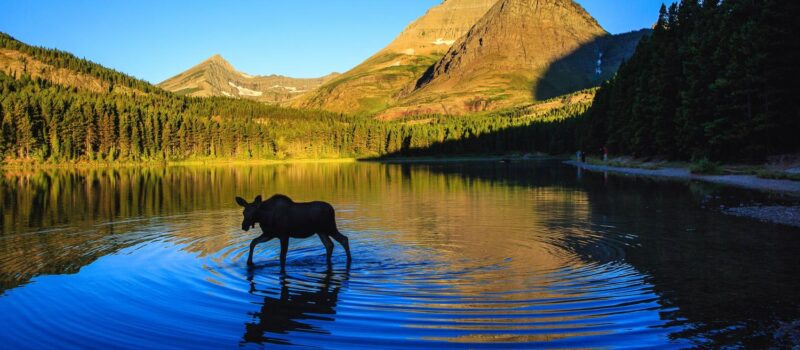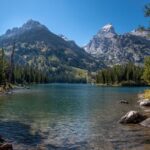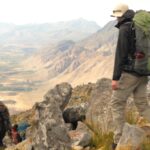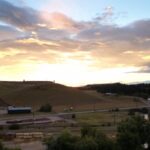Yellowstone and Glacier National Parks steal the spotlight. Locals, however, head in different directions. Peace, solitude, and many other factors drive their choices.
Instead of elbowing through crowds and clogged boardwalks, they find quiet in lesser-known wilderness.
Visitors wanting an authentic outdoor experience can take a respectful cue from those who live there.
Top Local-Approved Alternatives for Solitude in Nature
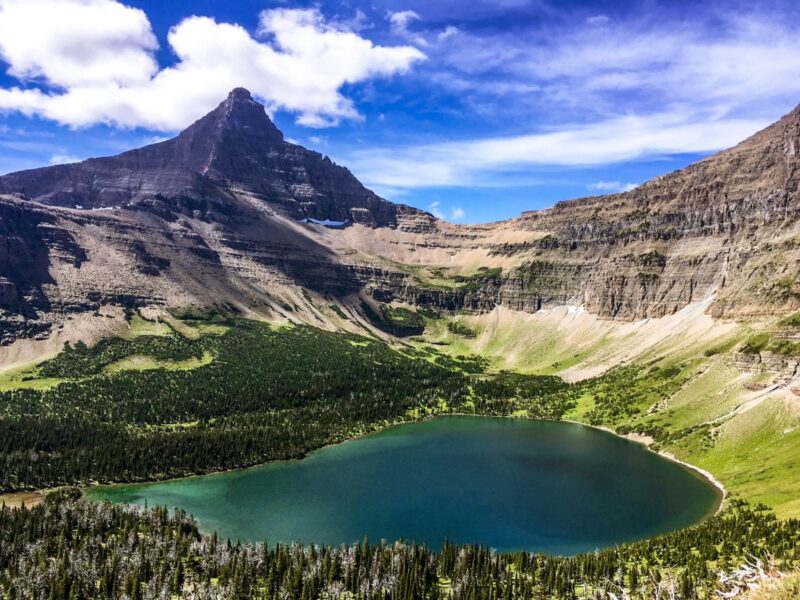
Montanans know that finding true solitude takes more than simply driving past the national park gates. It requires timing, intention, and sometimes a little extra effort.
For those looking to see Montana through the eyes of those who live there, the rewards lie off the popular maps.
Locals opt for quieter trails, lesser-known mountain ranges, and times of year when silence reigns.
Go Deeper: Remote Trails and Wilderness Areas
When locals want true separation from the noise of tourism, they head for the trails that demand grit.
Remote routes keep away the casual sightseer, allowing nature to return to its undisturbed rhythm.
These destinations often require a high-clearance vehicle, physical endurance, and a deep respect for the land.
Highlights of remote-access solitude:
- Fewer hikers, even during summer weekends
- More wildlife activity in peaceful surroundings
- Opportunity to connect without distractions or infrastructure
Examples of treasured trails:
- Tom Miner Basin (near Gardiner): Once popular for hunting, this basin now welcomes hikers seeking wildflower meadows, grizzly sightings, and quiet ridgelines. With hunting access limited, fewer people wander its paths, and that shows in the thriving wildlife population.
- Rimrock Lake and Mystic Lake: Located off the usual tourist circuit, these lakes reward patience and physical effort. Alpine views greet those who push into the higher terrain, especially when crowds drop off in late summer.
- Rock Island Lake and the Beaten Path detours: True backcountry seekers find spiritual solitude among these trails. With no signage for influencers or wide paths for families, these areas speak quietly and clearly to those who show up prepared.
Go Elsewhere: Lesser-Known Ranges
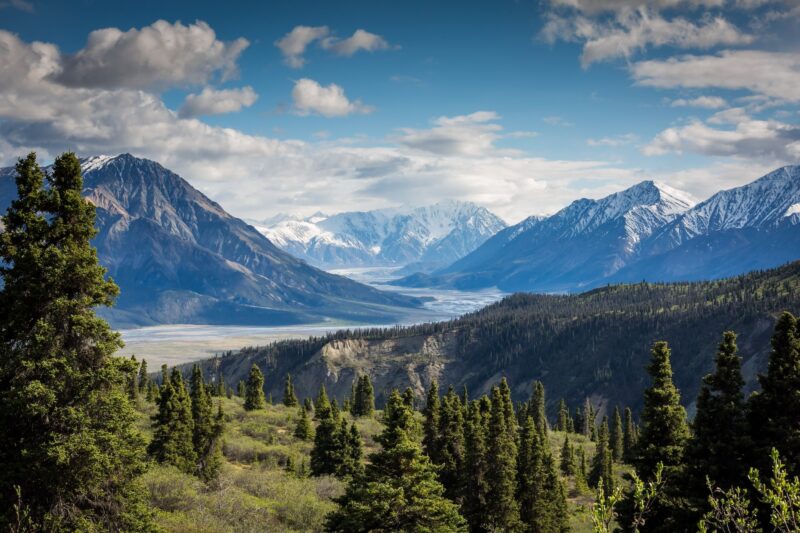
Not all mountains in Montana come with visitor centers.
Several ranges, ignored by glossy brochures, offer exactly what locals want: unstructured time, open space, and absence of crowd control.
Why lesser-known ranges appeal to locals:
- Access without traffic jams or commercial build-up
- Authentic wildlife encounters without flashbulbs
- Flexible routes ideal for hikers, hunters, and skiers alike
Ranges that provide quiet, personal space:
- Pryor Mountains: Wind howls through this rugged area, often snow-covered well into spring. Hikers searching for dinosaur tracks or petroglyphs find more than visual interest. They find stillness.
- Crazy Mountains: Often surrounded by private land, access takes planning. That effort pays off in complete isolation once inside. Locals value its vertical climbs and unexpected meadows.
- Little Belt and Snowy Mountains: Less spectacular in guidebooks, more satisfying in reality. These spots offer quick weekend trips with maximum emotional recharge.
Time in these areas means waking up to frost on your boots, watching the sun cross wide valleys, and hearing nothing but wind and wingbeats.
Go Later: Shoulder Seasons are Local Favorites
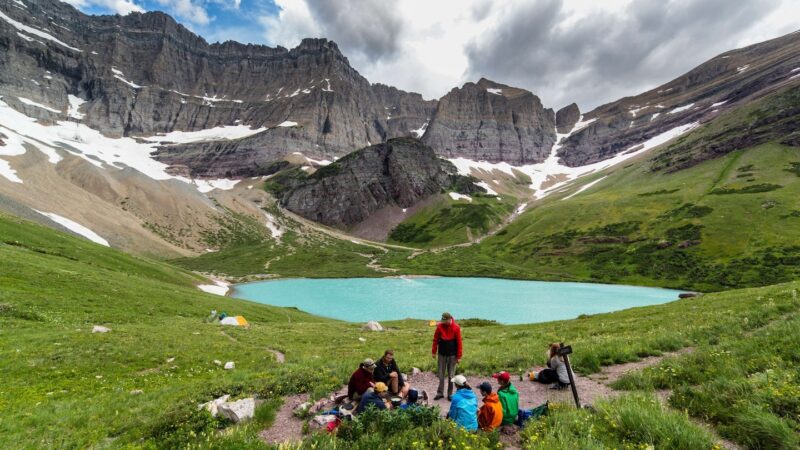
Most visitors flock to Montana in July and August. Locals wait. Shoulder seasons, particularly early fall and deep winter, offer the kinds of experiences no postcard captures.
With changing weather and fewer people, nature breathes again.
Benefits of off-season escapes:
- Empty trailheads and peaceful overnights
- Wildlife movement more visible and less disturbed
- Stronger personal challenge in changing conditions
Examples of shoulder-season opportunities:
- October hikes: When aspens turn gold and elk bugles echo, locals head out. Layers are added, but the peace is unmatched.
- January snowshoeing or skiing: Public forest roads and trails become snowy cathedrals. Fox and moose tracks mark fresh snow, and the crunch of boots on ice is music to local ears.
Tourists stay indoors when the weather gets unpredictable. Montanans step out, breathe in, and say it’s worth it every time.
Hidden Gems Locals Flock To (That Tourists Often Miss)
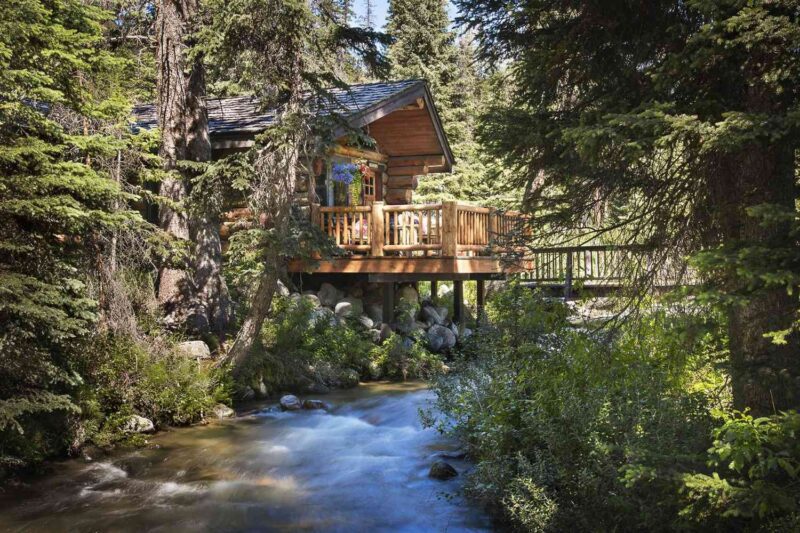
Not every Montana experience makes it onto a billboard or travel blog. Some places are protected by silence, remembered by generations, and passed down through campfire talk or neighborly trust.
Tourists rarely find them, not because they’re inaccessible, but because they don’t scream for attention. Each one offers a slower rhythm, a deeper breath, and a truer encounter with what Montanans call home.
Crystal Park (Southwest Montana)
Quiet, spacious, and managed with care by the Forest Service, Crystal Park sits in the Pioneer Mountains, offering families and rockhounds a chance to dig for quartz crystals.
It isn’t flashy. There are no gift shops, no shuttle buses, no queues.
Just wind, sun, and dirt under fingernails. It invites patience, curiosity, and time spent focused on the earth.
Why locals love it:
- Public access without commercialization
- A place for both kids and grandparents to participate
- Meditative experience with no pressure or noise
- Easy to maintain, sustainable care for natural landscapes
People leave with stories, quiet minds, and sun-touched memories.
Hot Springs and Local Lakes
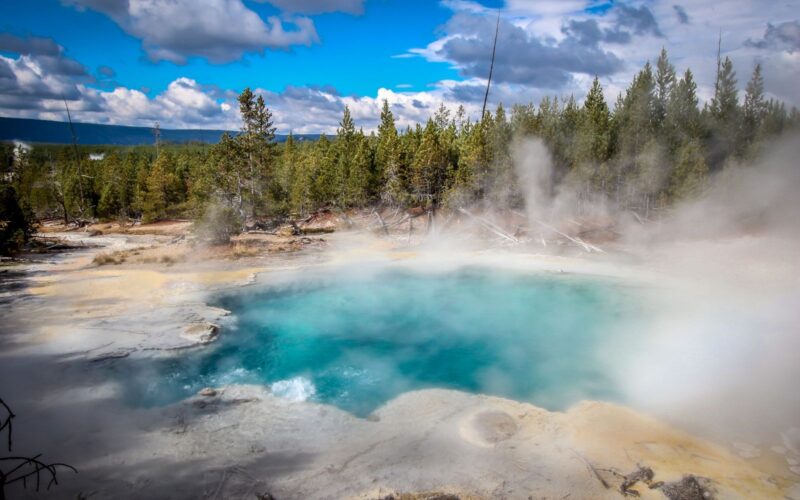
Hot springs bubble quietly in Montana’s wilderness. Locals know which ones require a short hike, which ones are best visited at sunrise, and which ones to leave alone during elk season.
Jerry Johnson Hot Springs, for example, is known for its rustic feel.
No spa robes or lounge chairs here, just warm water, forest shadows, and maybe a passing deer.
Local lakes also offer escapes with a slower pace. Fishing holes where silence is expected, not requested. Floating on a quiet inlet with no wakeboarding in sight. These are the places where time slows down, and conversation becomes optional.
Favorite features of these spots:
- No admission gates or party vibes
- Accessible with a short hike or paddle
- Known by locals, kept quiet by choice
- Best enjoyed in the early morning or shoulder seasons
Trails & Floating Rivers
Not every trail starts at a state park welcome center. Locals treasure those lesser-used trailheads tucked behind cattle gates or forest service roads.
Often passed over by tourists for lack of signage or amenities, these paths offer raw access to big skies and long views. The hiking isn’t always easy. That’s part of the deal.
Floating rivers in Montana is less about beer coolers and loud music and more about moving with the current, watching wildlife, and letting the water carry what stress remains.
Families often have “their spot” passed down or kept among close friends.
What sets these places apart:
- Word-of-mouth trail recommendations
- Emphasis on silence, not spectacle
- Respectful, friendly trail culture where people greet each other
- Often used by locals for reflection, not recreation
Hikes here feel like rituals. Rivers feel like slow-moving therapy. Everything is on nature’s schedule.
Why Locals Avoid Tourist Hotspots
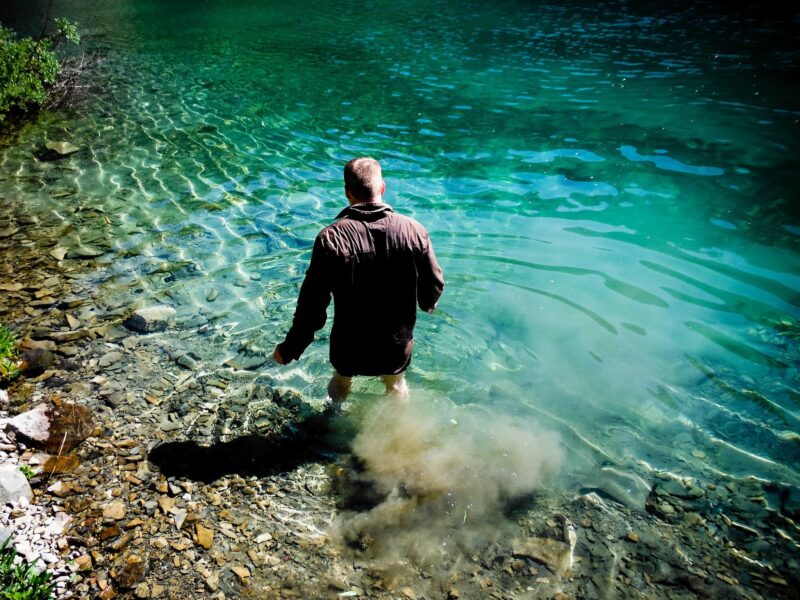
Yellowstone’s grandeur isn’t in question, nor is Glacier’s alpine drama. But in peak season, those places are magnets for congested roads, overflowing trash bins, and worn trails.
Trail closures happen not just due to weather, but foot traffic and wildlife stress.
Parking becomes combat, and the presence of hundreds dilutes any sense of solitude.
Locals don’t seek selfies or ranger talks. They want silence, breathing space, and a personal bond with nature.
There’s an ethos: take only memories, leave no trace, and never disturb wildlife. It isn’t about secret gatekeeping, but protecting sacred spaces.
It’s about hiking to listen to wind in the trees instead of a podcast on speaker. It’s about letting the natural world speak without interruption.
Summary
No itinerary or Instagram reel can replace personal connection. Wild beauty still thrives off the radar, if you care to look and care even more to preserve it.
Locals know that Montana isn’t just a destination. It’s a place where silence has value, conservation isn’t a slogan, and presence means something.
Visitors who slow down, pack out their trash, and show gratitude instead of entitlement will see a Montana they didn’t expect.
I’m Annabel, and traveling has always been my passion. My idea of fun? A lot of biking and hiking. From the Himalayas to the local hills, if there’s a path (or not), I’ve probably been there or it’s on my list.

